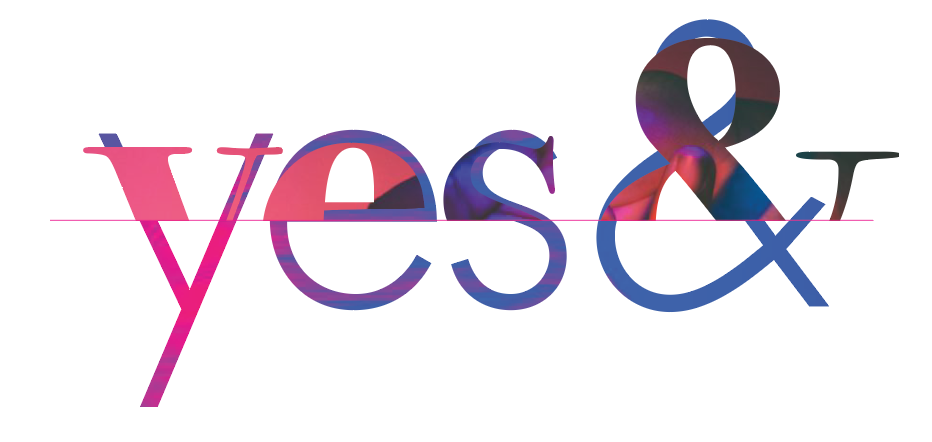On February 20th, our Master of Graphic Design 1st Year group attended a workshop led by Deborah Littlejohn, associate professor of graphic design and Walt Gurley, the Visualization and Digital Media Librarian at the NCSU Libraries, along with the presence of Matthew Peterson, assistant professor of graphic design.
In addition to our group of students, other researchers and Ph.D. students from different disciplines participated in this workshop. Discussions took place around examples of data visualization pieces created by participants of the workshop. Through those discussions, we tried to understand the meaning of data presented as well as any drowning conclusion of this visualization. What does the creator want us to get from this visualization?
In some cases, comparing the creators’ intentions and the visual outcomes were surprisingly different and showing different stories.
This workshop suggested the question of legibility and how we can improve the legibility of data using visualization techniques. How do we adjust the visualization depending on the audiences we are talking to? How do we speak to professionals of the field versus how we speak to the public? What level of information is the most adaptable for specific audiences?
Through the different talks, we also got a sense of how the standardization of the format of scientific publication is limiting the choice for a scientist to think outside of the box and come up with more interesting and visually expressive data presentations.
We can then ask ourselves: how do scientists and graphic designers work together to use the strengths of both fields and improve data visualization across disciplines? Scientists helping designers, keeping the truth of data, and designers helping with the improvement of legibility and access to the data.
The question of accuracy and truth is important as through our project we saw how easy it is to use data in a way that it creates a totally different story. Lying done accidentally is relevant to the lack of accuracy and knowledge in the treatment of the data; while done intentionally, it shows how easy it is to manipulate data.

